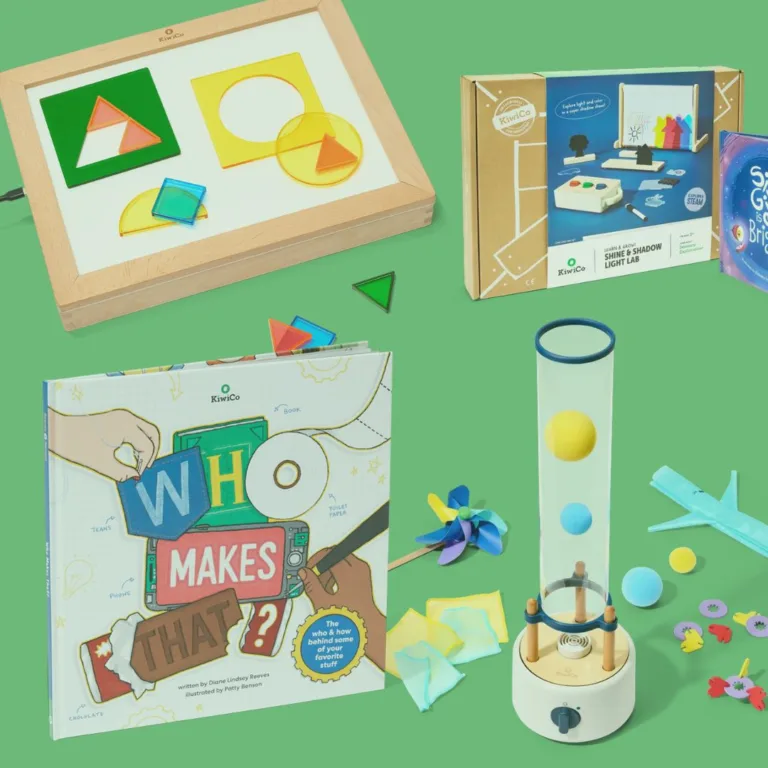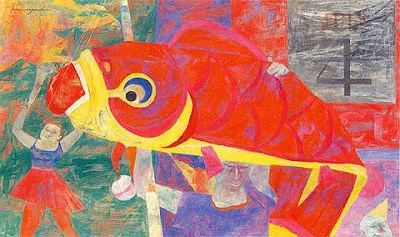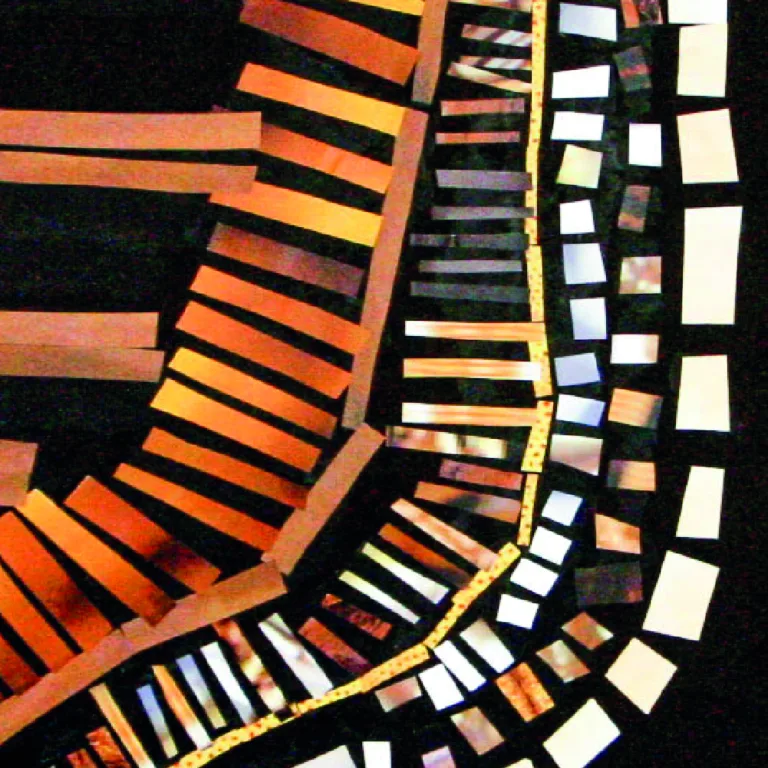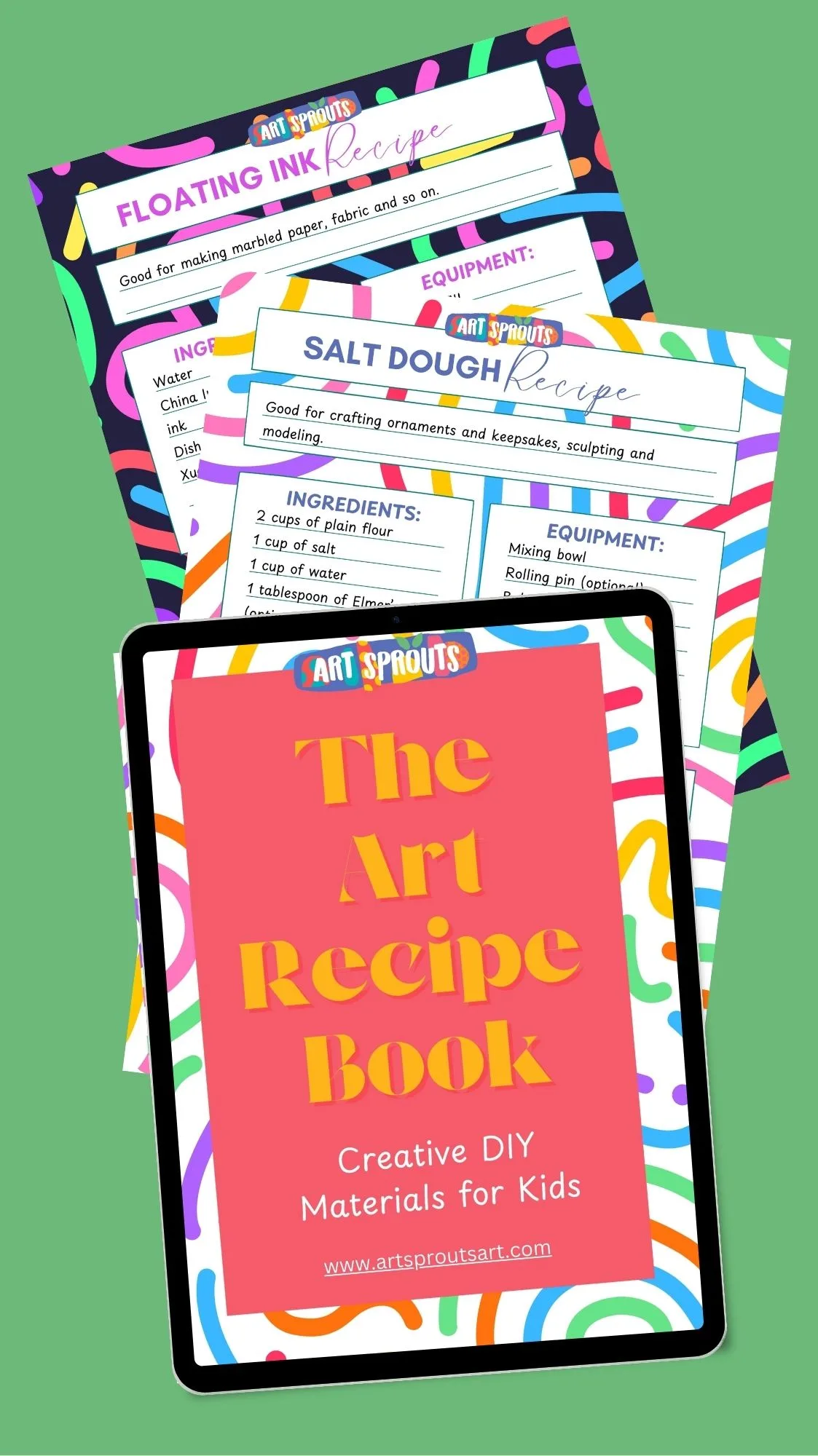Visible Learning: Showcasing the Creative Process in Reggio Studios
In the Reggio Emilia approach to education, children are viewed as capable and creative individuals, constantly learning through interaction with their environment, peers, and materials. Central to this philosophy is the concept of visible learning—the idea that children’s thoughts, discoveries, and artistic journeys can (and should) be documented and shared. This documentation helps make their thinking visible to others, transforming the learning process into a public dialogue between teachers, children, and families.
In an art classroom specifically, this means going beyond merely displaying the final artwork. Instead, the focus shifts to documenting and showcasing the process that led to the finished piece. The sketches, experimentation, mistakes, and revisions all play a critical role in understanding how children develop their artistic skills and how they approach problem-solving.
Read also:

Why Make Learning Visible in Art?
In traditional art education, the final artwork is often the star of the show. However, in Reggio Emilia-inspired environments, the focus is on the journey rather than the destination. Making learning visible in art offers numerous benefits: By documenting each step of the creative process, educators and children can reflect on their ideas, techniques, and discoveries. This approach encourages deeper engagement and helps young learners develop critical thinking and problem-solving skills. For those seeking a Reggio Emilia approach overview, understanding the value of visible learning is key to fostering a more exploratory and meaningful artistic experience.
- Fostering Reflection: Children are encouraged to reflect on their creative choices, challenges, and breakthroughs. By documenting each stage of their process, they can revisit and reconsider their work, building critical thinking skills.
- Promoting Confidence: When children see that their process—complete with experiments and mistakes—is celebrated, they feel more confident in their creative abilities. They begin to value the experience of creation rather than just the outcome.
- Encouraging a Growth Mindset: Showcasing the ups and downs of the creative journey teaches children that mistakes are a natural part of learning and growth. This helps to foster resilience and a growth mindset, where failure is seen as a stepping stone to success.
- Engaging Parents and the Community: Documenting and displaying the process helps parents and the community understand the depth of their child’s learning. They get to see not only the final product but also the evolution of ideas, skills, and thinking behind it.
This concept is reinforced by the work of Rinaldi and Gambetti in Visible Learners, where documentation is seen as a pedagogical tool that helps make children’s learning processes transparent. By capturing moments of inquiry and discovery, educators can offer a more nuanced understanding of a child’s growth and creative thinking.

Creating Art Displays That Highlight the Process
To make learning visible in art, it’s essential to create displays that highlight the process rather than just the final piece. Here are some practical strategies:
Documenting the Creative Journey
The creative process in a Reggio-inspired art environment is rich with inquiry, exploration, and decision-making. Teachers can document this process by:
- Collecting sketches and rough drafts: Display early sketches or brainstorming sessions alongside the final artwork to show the evolution of the child’s ideas.
- Photographing the process: Capture moments of children experimenting with different materials or solving problems. These photos can be displayed to demonstrate the various stages of creation.
- Recording reflections: Ask children to articulate their thoughts about the process—what they enjoyed, what they found challenging, and what they learned. These reflections can be included in the display.
This approach to documentation helps children see how far they’ve come and allows others to understand the depth of their learning. By showcasing their progress through various forms of visual and written records, educators can provide insights into the children’s thought processes and developmental milestones. Reggio documentation explained emphasizes the importance of making learning visible, fostering a collaborative environment where both children and families can engage in meaningful dialogue about education and growth. This transparency not only enriches the educational experience but also empowers children to take ownership of their learning journey.
Read also:
Step-by-Step Progress Displays
Creating a step-by-step visual timeline of a project is a powerful way to make the learning process visible. Each step—from initial brainstorming to the final product—can be displayed, allowing viewers to see how the artwork evolved.
For example, in a painting project, you might:
- Include initial sketches
- Show color palettes that were considered and tested
- Display photos of the student working on different parts of the piece
- Show the final product alongside the process materials
This type of display underscores that art is a journey, one that involves exploration, experimentation, and decision-making.
Read also:
Interactive Art Displays
To engage students and visitors, consider creating interactive displays that invite others to explore the artistic process firsthand. For instance:
- Create a process wall where children pin up ongoing work, experiments, and reflections. Visitors can see how ideas are developing in real time.
- Encourage students to display their unfinished works and share what they plan to do next. This gives viewers insight into how children are thinking and planning their next steps.
- Set up an area where viewers can try out the same materials and tools used by the children to better understand their artistic journey.

Process Art in Reggio Emilia: The Journey Over the Destination
In process art, the focus is on the act of creating rather than the finished product. This aligns perfectly with the Reggio Emilia philosophy of making learning visible. Process art encourages children to:
- Explore materials: Process art invites open-ended play with materials like clay, paint, and loose parts. Children are encouraged to explore without a specific end goal in mind.
- Make mistakes: In process art, mistakes are not seen as failures but as opportunities to learn and adapt. Children learn to embrace uncertainty and try new techniques, knowing that the outcome is secondary to the experience.
- Reflect on their learning: By documenting the stages of their creative journey, children can reflect on their experiences and better understand their learning processes.
Example of Process Art Activity:
- Squish it, smash it, soak it! Paper pulp sculpting with kids
- Paper sculpture: Engaging Process art for Toddlers and Kids
- Involuntary Sculpture: Tactile Art Exploration
- The Best Loose Parts Play Ideas for Toddlers
- Printmaking with Found Objects: Exploring Shapes & Textures with Kids
Engaging the Community with Visible Learning in Art
One of the most powerful aspects of making learning visible is how it connects the classroom with the broader community. By showcasing the creative process, art exhibitions become more than just displays—they become dialogues between students, parents, and teachers. This interaction fosters a deeper understanding of each child’s thought process and growth, making learning more transparent and valued. Visible learning explained through these exhibitions highlights not only the final product but also the journey, emphasizing collaboration and reflection. As a result, the classroom transforms into a dynamic space where knowledge is shared and celebrated beyond its walls.
To engage the community:
- Host open-house exhibitions: Invite parents and community members to see not only the final artwork but alsothe creative journey. Let the children guide their families through the process, explaining what they learned along the way.
- Incorporate student reflections: Include written or recorded reflections from the students, allowing them to share their thoughts about the process with a wider audience.
This engagement helps deepen the connection between the child’s learning and the community’s understanding of that process.
Conclusion: The Power of Making Learning Visible Through Art
When we make learning visible in the art classroom, we shift the focus from the finished product to the creative journey. By documenting the process, highlighting experimentation, and showcasing both successes and failures, we encourage children to take pride in their growth and discovery. In a Reggio Emilia-inspired environment, this approach transforms art education into a dynamic, reflective practice where children learn to value the process just as much as the product.
By making learning visible, we not only deepen the child’s understanding of their creative process but also invite parents and the community to appreciate the richness of inquiry-based learning.
Save for Later:
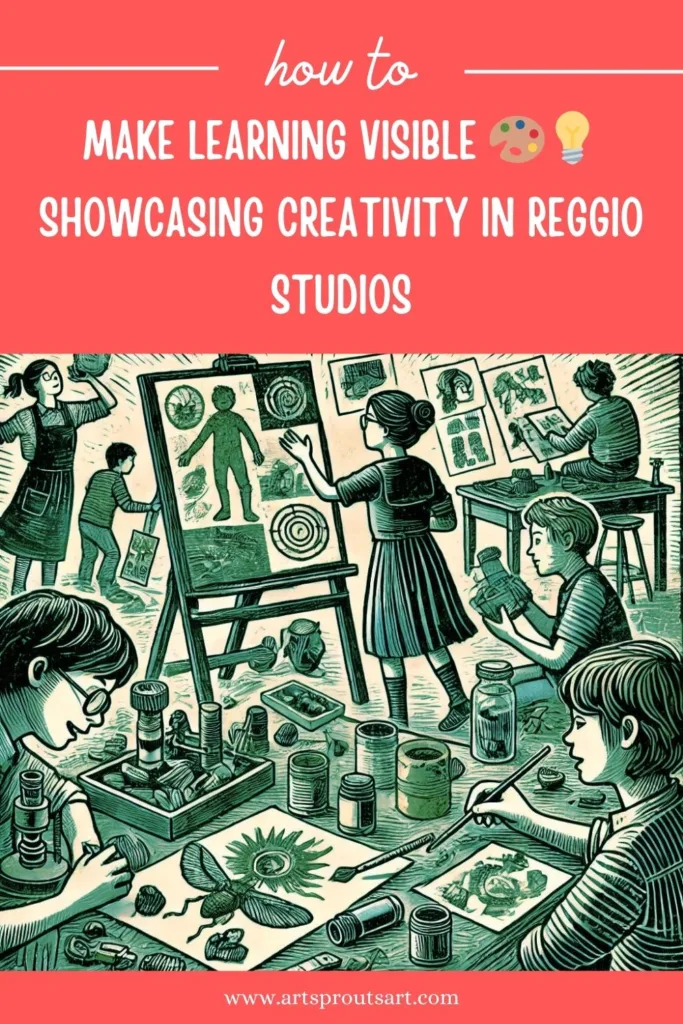

Resources for Further Reading:
The Museum Educator’s Manual – Techniques from experienced museum educators
The Hundred Languages of Children – C. Edwards, L. Gandini, G. Forman
Visible Learners: Promoting Reggio-Inspired Approaches in All Schools – C. Rinaldi, A. Gambetti
More Working in the Reggio Way – Julianne Wurm




